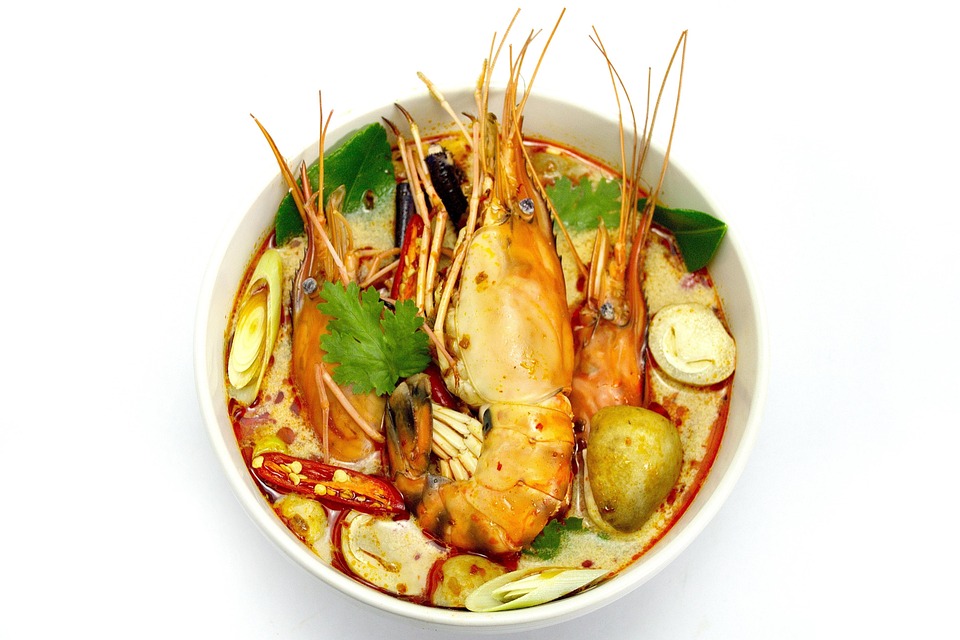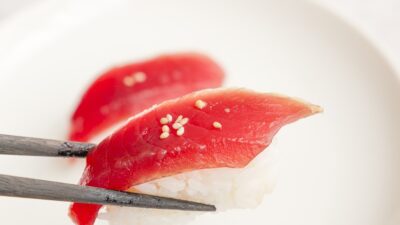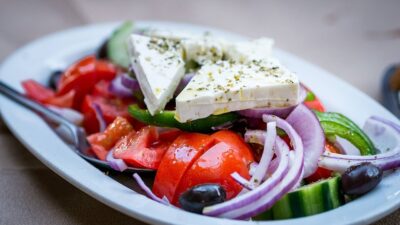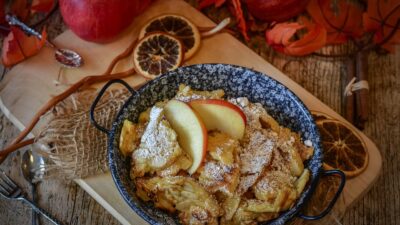Thailand is renowned for its vibrant festivals that reflect its rich culture and heritage. Among the numerous ways in which these celebrations are observed, food plays a central role—transforming each event into a sensory feast. From the flavors of traditional dishes to the aromas of festive snacks, Thai culinary traditions are deeply intertwined with the country’s annual celebrations. This article explores some of Thailand’s most popular festivals and the culinary delights that accompany them.
Songkran: The Water Festival
Songkran, the Thai New Year celebrated every April, is one of the most anticipated festivals in the country. Marked by the pouring of water, it symbolizes purification and the washing away of sins. Food during Songkran is centered around family gatherings and traditional dishes.
Traditional Dishes
-
Khao Chae: A quintessential Songkran dish, khao chae is rice served in chilled, fragrant water, often accompanied by a variety of side dishes including fried shrimp paste, sweetened shredded pork, and pickled vegetables. The cooling elements of this dish provide a refreshing respite from the heat.
- Mango Sticky Rice: No Thai celebration is complete without the luscious combination of glutinous rice, coconut milk, and ripe mangoes. This dessert is a favorite during Songkran, symbolizing happiness and prosperity.
Loy Krathong: The Festival of Lights
Loy Krathong, celebrated on the full moon of the 12th lunar month, is a festival of lights. People float decorative baskets (krathongs) on rivers and lakes to pay respect to the water spirits. Food is an essential aspect of Loy Krathong, with various delicacies symbolizing good fortune.
Culinary Highlights
-
Thod Mun Pla: These spicy fish cakes are a popular snack during Loy Krathong, often served with a sweet and spicy dipping sauce. The dish is not only delicious but also represents the fresh catch from the waterways, paying homage to the spirits of the water.
- Khanom Yen: This traditional dessert made of coconut cream, pandan, and various toppings reminds people of their connections to nature and tradition. The colorful presentation adds to the festive atmosphere.
Yi Peng: The Lantern Festival
While Yi Peng primarily celebrates the release of lanterns into the sky, it is also a time for feasting. This Northern Thai festival, often coinciding with Loy Krathong, marks the end of the rice harvesting season and is filled with joy and gratitude.
Festive Foods
-
Khao Soi: A creamy coconut curry noodle soup, khao soi is a specialty of Northern Thailand. Served with crispy noodles and an assortment of toppings, it is a comforting dish that brings families together during the festive season.
- Sai Oua: Northern Thai sausage, flavored with herbs and spices like lemongrass and kaffir lime leaves, is a popular street food during Yi Peng. Grilled over charcoal, the tantalizing aroma draws festival-goers and signifies the importance of sharing food with loved ones.
Makha Bucha: The Day of Heart
Makha Bucha is a day for reflection and merit-making, celebrated on the full moon day of the third lunar month. Traditionally, this festival is marked by listening to teachings of the Buddha, and food plays a significant role in the rituals. People often prepare offerings of food for monks and ceremonial gatherings.
Ritual Offerings
-
Vegetarian Dishes: Many people choose to abstain from meat during this time, preparing a variety of vegetarian dishes such as stir-fried vegetables, tofu curries, and fragrant rice. These dishes symbolize purity and compassion.
- Sticky Rice with Banana: This traditional dessert made from sticky rice and banana wrapped in leaves represents abundance and gratitude. It is commonly offered during religious ceremonies.
Conclusion
Thai festivals are not just about celebration; they are an opportunity to bond with family and friends, honor traditions, and enjoy the rich tapestry of flavors that the country has to offer. Each dish carries with it a story and a significance, making the culinary aspects of these festivals as meaningful as the rituals themselves. Embracing these culinary traditions not only enhances the festivities but also preserves the cultural heritage that defines Thailand. So, whether you find yourself in a bustling market during Songkran or at a serene riverbank during Loy Krathong, let the food guide you through the heart of Thai celebrations.



